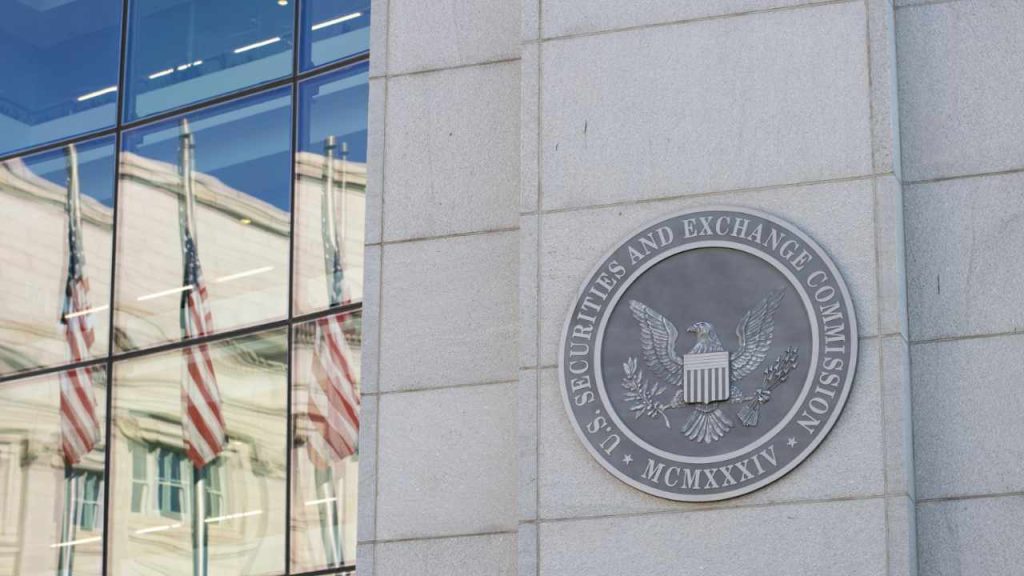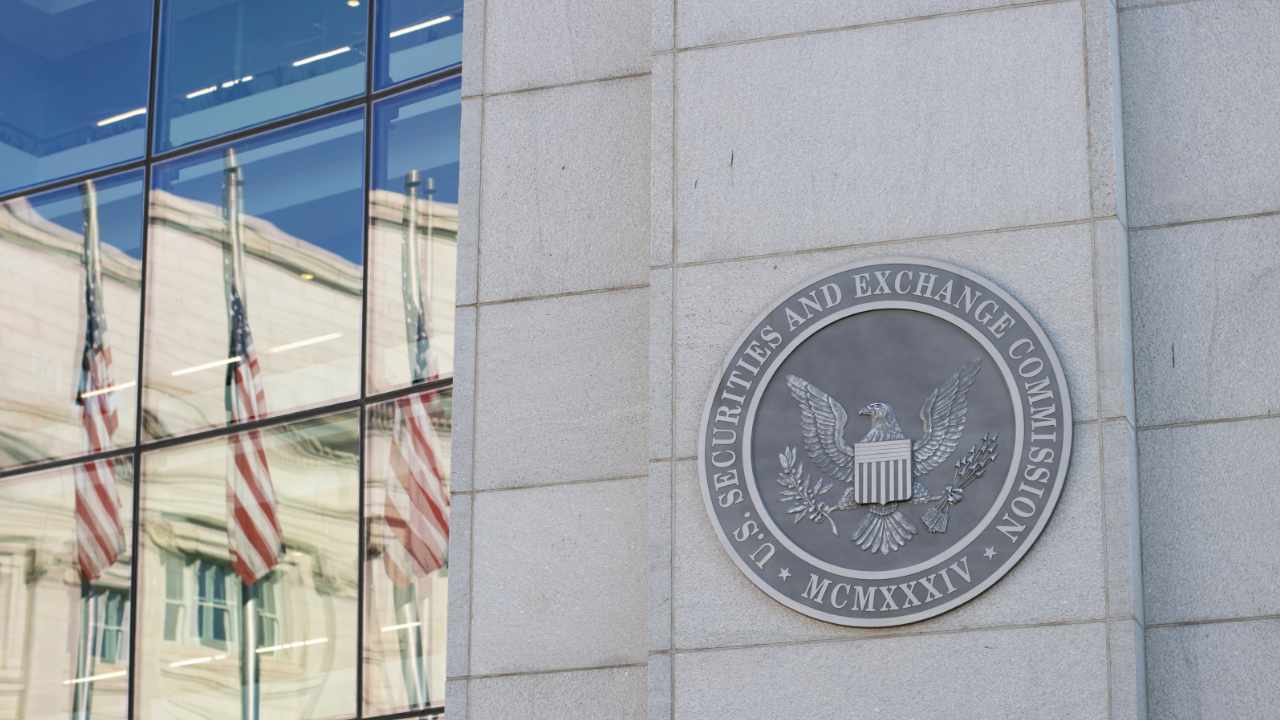
Tokenization, the process of representing ownership rights to an asset as a digital token on a blockchain, has emerged as a transformative force in the financial world. Its promise of increased liquidity, fractional ownership, reduced costs, and greater accessibility has captivated investors, institutions, and regulators alike. Citi’s projection that tokenization could unlock up to tenfold the liquidity for private markets underscores the technology’s potential. However, as with any disruptive innovation, the path forward is not without challenges, particularly in the realm of regulation.
The allure of tokenization lies in its ability to democratize finance. Traditional investment opportunities, often reserved for the wealthy, could become accessible to a broader audience. For instance, high-value real estate or shares in private companies could be tokenized, allowing investors to participate with minimal capital. This vision of a more efficient, transparent, and inclusive financial ecosystem is driving much of the excitement around tokenization. Yet, the enthusiasm must be tempered with a sobering reality: tokenization does not exempt assets from existing securities laws.
Amidst the wave of optimism, Commissioner Hester Peirce of the U.S. Securities and Exchange Commission (SEC) has emerged as a voice of reason. Known as “Crypto Mom” for her generally pro-crypto stance, Peirce has consistently emphasized that tokenization, while “enchanting,” is not “magical.” This distinction is crucial. The technology itself does not absolve tokenized securities from compliance with federal securities laws. The SEC’s stance is clear: if an asset meets the definition of a security, it will be regulated as such, regardless of its digital representation.
Peirce’s message is not about stifling innovation but ensuring that the benefits of tokenization are realized responsibly. The SEC’s primary goals—protecting investors, maintaining fair and efficient markets, and facilitating capital formation—remain paramount. Tokenization does not change these objectives; it merely introduces new tools and methodologies that must align with existing regulatory frameworks. This alignment is essential to prevent fraud, manipulation, and information asymmetry, which are just as relevant in the digital age as they were in traditional markets.
The core principles of securities laws are designed to safeguard investors. Information asymmetry, for example, is a critical concern. Tokenization, by itself, does not guarantee transparency. Without proper disclosure requirements, investors in tokenized securities could be vulnerable to misleading or incomplete information. Similarly, the anonymity and borderless nature of blockchain technology can create opportunities for fraudulent schemes and market manipulation. Existing securities laws provide a framework for detecting and prosecuting these activities, ensuring that the market remains fair and transparent.
Moreover, investor suitability is a key consideration. Not all investors are equipped to understand the risks associated with complex financial products. Securities laws often include provisions to ensure that investments are suitable for an investor’s knowledge, experience, and risk tolerance. This principle is particularly relevant in the context of tokenized securities, which may involve novel and complex structures that require careful consideration.
Navigating the regulatory landscape of tokenized securities requires proactive engagement with regulators. Commissioner Peirce has urged market participants to collaborate with the SEC as they develop tokenization products. This collaboration is crucial for several reasons. First, it provides clarity and guidance. The regulatory landscape for tokenized securities is still evolving, and engaging with the SEC can help companies gain clarity on how existing laws apply to their specific offerings. Second, it allows market participants to shape the future of regulation. By providing feedback and insights, companies can help develop rules and regulations tailored to the unique characteristics of tokenized securities. Finally, open communication with regulators fosters trust and confidence in the tokenization market, which is essential for attracting mainstream adoption.
Peirce has even suggested the possibility of conditional exemptions for tokenized securities, describing the idea as a “work in progress.” This indicates a willingness on the part of the SEC to adapt its regulatory approach to accommodate innovative technologies, but only if investor protection remains a top priority. She encourages feedback and collaboration from market participants worldwide, including those that have designed and implemented regulatory sandbox frameworks in their own jurisdictions.
The path forward for tokenized securities hinges on striking the right balance between fostering innovation and ensuring investor protection. The SEC’s approach, as articulated by Commissioner Peirce, suggests a willingness to embrace the potential benefits of tokenization while remaining vigilant about the risks. To achieve this balance, several key considerations must be addressed. First, the industry needs a clear and consistent regulatory framework that provides certainty for market participants and protects investors. Second, regulations should be technologically neutral, focusing on the underlying economic substance of the asset rather than the specific technology used to represent it. Third, the regulatory framework should be flexible enough to adapt to the rapid pace of technological change and the evolving nature of the tokenization market. Finally, given the global nature of blockchain technology, international coordination among regulators is essential to prevent regulatory arbitrage and ensure consistent standards.
Tokenization holds immense potential to transform the financial industry. Its success, however, depends on responsible innovation and a commitment to investor protection. Commissioner Hester Peirce’s message— that tokenization is enchanting but not magical—serves as a critical reminder that existing securities laws cannot be ignored. By engaging proactively with regulators and prioritizing compliance, market participants can help unlock the full potential of tokenization while building a more transparent, efficient, and inclusive financial future. The journey ahead is complex, but with the right approach, the promise of tokenization can be realized through prudence and collaboration.





